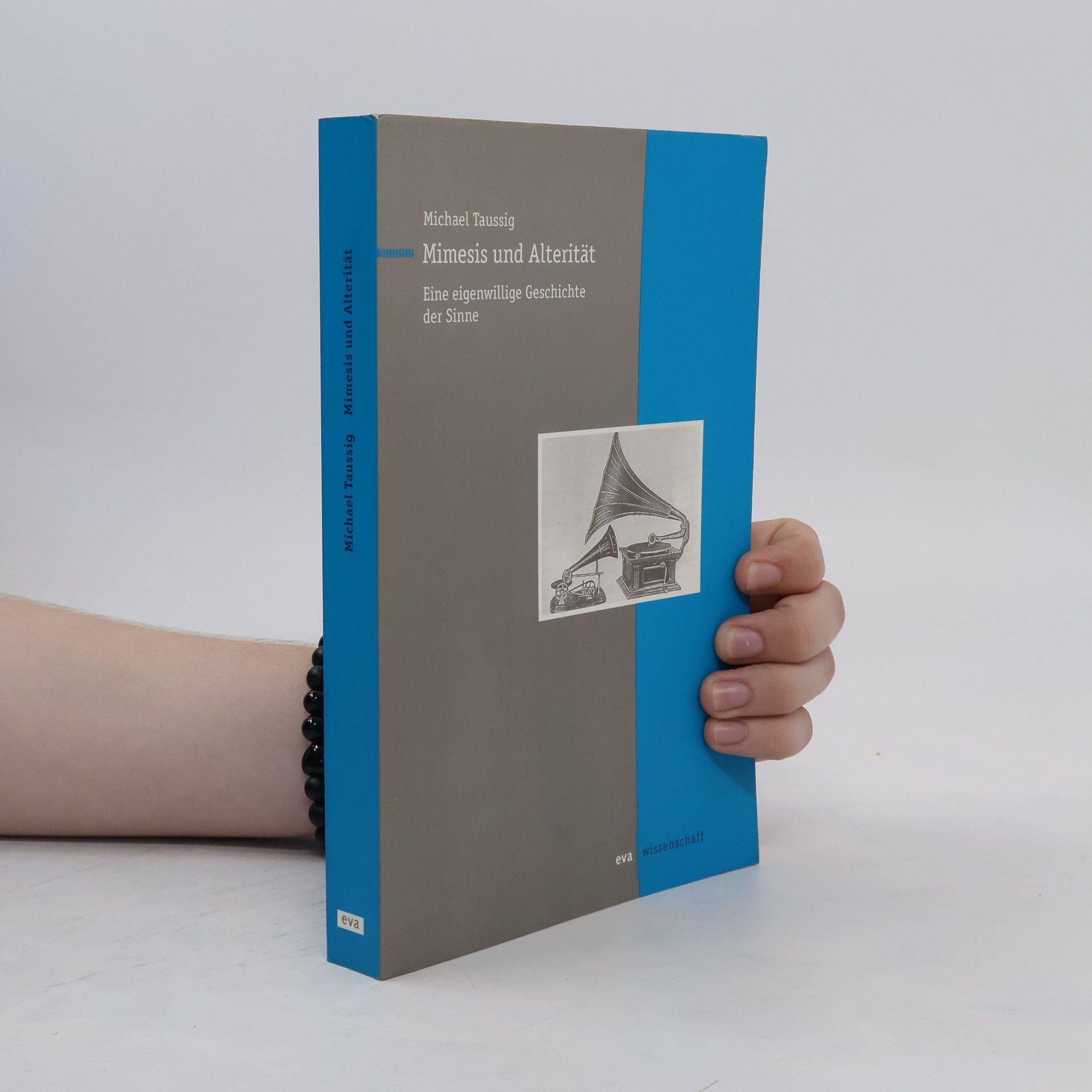Mimesis und Alterität
- 350 Seiten
- 13 Lesestunden
Was passiert, wenn ein „Zivilisierter“ auf einen „Wilden“ trifft? Der Zivilisierte beschreibt, klassifiziert und bemächtigt sich des Anderen. Doch was geschieht, wenn der Wilde bereits die Kontrolle über den Zivilisierten hat? Taussigs Buch bietet Antworten und führt auf eine spannende Reise durch die komplexe Geschichte von Identität und Nachahmung, Wirklichkeit und Kopie, Fremdwahrnehmung und Selbstinszenierung. Die Erzählung beginnt mit Charles Darwins Begegnung mit den Feuerlandbewohnern, deren mimetisches Talent ihn beeindruckt. Sie setzt sich fort bei den Cuna-Indiarnern Nordkolumbiens, die die Abbilder weißer Seeleute zur magischen Beschwörung und Selbstbehauptung nutzen. Schließlich behandelt das Buch die mimetischen Maschinen wie Phonographen und Fotoapparate, die die Realität verdoppeln und die Ungleichzeitigkeit des Gleichzeitigen sichtbar machen. Walter Benjamins Diktum, dass neue Technologien das Primitivum in der Moderne konstituieren, wird hier evident. Taussigs „Geschichte der Sinne“ thematisiert die Beziehungen zwischen der „ersten“ und der „dritten“ Welt und setzt sich mit den Kulturtheorien der Moderne und Postmoderne auseinander.


